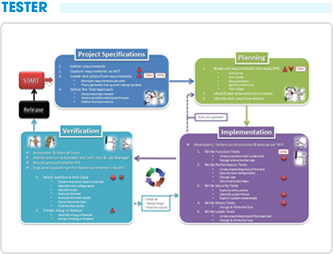024 38560777
Digits (Chữ số)
Trong toán học và khoa học máy tính, một chữ số là một ký hiệu (một ký hiệu bằng số, thí dụ "3" hoặc "7") được dùng trong các con số (kết hợp các ký hiệu, thí dụ "37") để tượng trưng cho một số (số nguyên hoặc số thực) trong dãy số của hệ thống số. Thuật ngữ "con số" xuất phát từ sự kiện 10 số (tiếng Latin cổ digita có nghĩa là "ngón tay") của hai bàn tay tương ứng với 10 ký hiệu của hệ thống số cơ bản, thí dụ số thập phân (một tính từ trong tiếng Latin cổ dec. có nghĩa là mười).
By English
A digit is a type of symbol (a numeral symbol, such as "2" or "5") used in combinations to represent numbers (such as "25") in positional numeral systems. The name "digit" comes fr om the fact that the 10 digits (ancient Latin digiti meaning fingers) of the hands correspond to the 10 symbols of the common base 10 number system, i.e. the decimal (ancient Latin adjective dec. meaning ten) digits.
In a given number system, if the base is an integer, the number of digits required is always equal to the absolute value of the base. For example, the decimal system (base 10) has ten digits (0 through to 9), wh as binary (base 2) has two digits (0 and 1).
Like Doanh nhân số







































